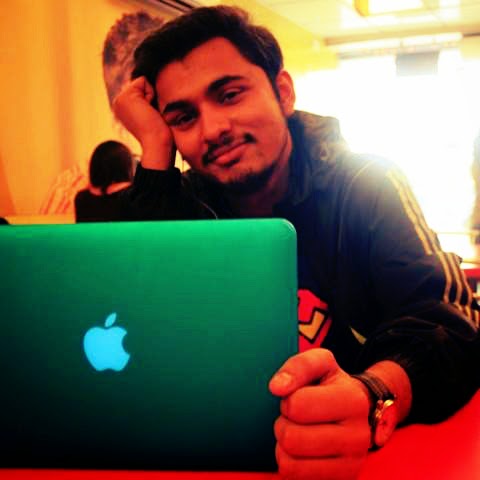MARX AND MARRIAGE
Marx's Theory of Social Formation divides the human society into 5 stages, These are the stages which human society has passed or will see in the future. These stages are basically based on the Production Relations (ownership of the resource) and Social Productive Forces (Means of Production). Believe it or not, but the idea that shaped marriage is indeed based on these factors howsoever absurd it may seem to you.
Etymology:
The word "marriage" derives from Middle English ‘Mariage’, which first appears in 1250–1300 CE. This in turn is derived from Old French ‘Marier' (to marry) and ultimately Latin Marītāre meaning to provide with a husband or wife and marītāri meaning to get married. The adjective marīt-us -a, -um meaning matrimonial or nuptial could also be used in the masculine form as a noun for "husband" and in the feminine form for "wife". The related word "matrimony" derives from the Old French word matremoine , which appears around 1300 CE and ultimately derives from Latin mātrimōnium, which combines the two concepts: mater meaning "mother" and the suffix -monium signifying "action, state, or condition".
However, In The Future of Marriage in Western Civilization (1936), Edvard Westermarck provisionally defining marriage as "a relation of one or more men to one or more women that is recognized by custom or law”.
Evolution of Marriage:
Now we divide the human society into different parts and then analyse them separately. Humans have been on earth for over years. In that phase our society has evolved from hunter and gatherers to the advanced societies flourishing with the top edge of the amenities, but one thing that hasn’t changed is the human longing for the other sex.
A) Primitive or Ancient Society
In the most primitive of the societies, marriage was not present. People used to mingle with anyone and procreate, their basic aim was to increase the population and increase their number. Those days ever a common cold was fatal and thus this nature of them is justified. We do not know much about them. But, we do know marriage was called as Pair-bonding began in the stone age as a way of organising and controlling sexual conduct and providing a stable structure for child rearing and the tasks of daily life. But that basic concept has taken many forms across different cultures and eras with the advent of agriculture we see the rise of the family in society. Then for the first time people began marrying for continuing their lineage.
Fun fact: One of the earliest laws on marriage dates back to 2100BC
Fun fact: One of the earliest laws on marriage dates back to 2100BC
B) Slavery
Reference: 12 years a slave
C) Feudal society
Back in 1500's, I think in a feudal society with landlords, lavish manors, lots of serfs began thriving in the larger part of the world. This changed the definition of marriage. Now, apart from pair bonding marriage had an important task of continuing the male lineage. This was the era of the monarchs and they had lots of wives and concubines in their harems. The Male child was always preferred all along. In a certain Bengali family as late as 1900's The rich zamindars used to have many wives. Marriage was set by elders so it was mainly arranged and few sagas as Heer Ranjha, Romeo and Juliet do give us a picture that Love marriage was not well perceived in the society. Even in India, Inter-Caste marriage was prohibited. Along with the notion of Sati and child marriage, I will say that the state of society was pretty much pre-modern. People used to live in joint families and there was constant pressure on the girl child to marry at a very early age.
So, Marriage during this period was kind of a social activity. People never actually decided for themselves, It was imposed on them without a choice.
D) Capitalist Society
With the age of Industrialization, the concept of marriage evolved. Industrialization wanted a large pool of workers who could work longer hours and then again come back to work again. It needed discipline in the workers. This shaped, the size of a family at first. Now people could finally be free from the age old customs and choose of their own self. People( mass of them) for the first broke the shackles of customs and old traditions and began taking a decision on their own. Marriage was not just for child rearing now, It was much bigger than that. It now incorporated some individual space for self-improvement, Sense of leisure and Space for the growth of ideas. People now formed lots of dreams and aspirations. They started looking for an ideal partner, who would be all in one. A friend, a guide, a teacher, A cook , A fun guy, Anything else which you can think of. This marked the era of "Love marriages"
The major reason for this change is perception can be attributed to the Self-sufficiency of modern humans. They cannot leave anything to chance. An increased sense of Individualism combined with the goals of the capitalist economy made a drastic change in the marriage pattern of the society.
E) Socialist Society and the time ahead
One can surely think of a society where everyone is equal, where there is no caste, class-divide, racism. People at that time should have evolved, and the concept of marriage would be seen it as an individual need rather than a social one. They will tend to complete their own needs via marriage. There will be no discrimination of any kind. Although, marriage ensures a lifelong relationship with a single person, but with time this definition will also change and as society evolves we can come across some new form of marriage.


Comments
Post a Comment